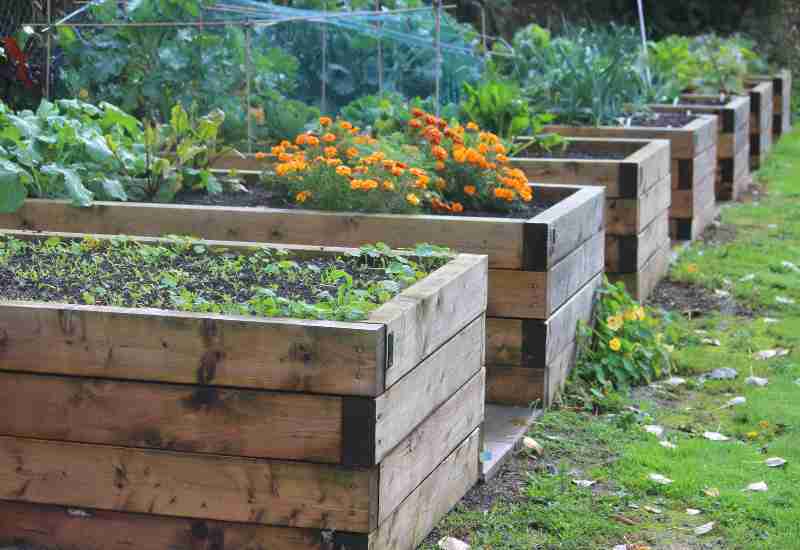In today’s fast-paced world, the art of homesteading offers a refreshing return to self-sufficiency and sustainability. Teaching kids homestead skills is not only a way to connect them to nature but also equips them with invaluable life skills. As parents and guardians, it’s essential to start early to foster an appreciation for the environment and self-reliance.

Why Homestead Skills Matter
Homesteading is more than just a trend; it’s a lifestyle choice that encourages sustainable living and self-reliance. By teaching kids homestead skills, we empower them to be resourceful and independent. These skills can range from gardening and animal care to basic carpentry and cooking.
The Benefits of Early Education
Introducing children to homesteading at a young age can nurture a lifelong appreciation for the environment. It teaches responsibility, patience, and the value of hard work. These experiences are crucial for developing a strong work ethic and a sense of accomplishment.
Connecting with Nature
In an age dominated by technology, it’s vital for children to spend time outdoors. Homesteading activities offer the perfect opportunity for kids to connect with nature. Gardening, for example, allows them to understand the lifecycle of plants and the importance of sustainable practices.
Essential Homestead Skills for Kids
Gardening Basics
Gardening is a cornerstone of homesteading. Teaching kids how to plant seeds, water plants, and harvest produce instills a sense of responsibility. They learn about plant biology and the importance of sustainable agriculture. For more on how to involve kids in gardening, visit Backyard Homestead Ideas.
Animal Care
Taking care of animals is another crucial homestead skill. Whether it’s chickens, goats, or rabbits, children learn about animal behavior, feeding routines, and the importance of humane treatment. This hands-on experience fosters empathy and responsibility.
Basic Carpentry
Carpentry skills are invaluable on a homestead. Kids can start with simple projects like birdhouses or small wooden planters. These activities teach them how to safely use tools and follow instructions, boosting their confidence and problem-solving abilities.
Implementing Homestead Education at Home
Setting Up a Homestead Learning Environment
Create a dedicated space for homesteading activities. A small garden plot, a corner for woodworking, or a chicken coop can serve as a practical learning environment. Ensure it’s safe and accessible for children.
Incorporating Homestead Lessons into Daily Routines
Integrate homestead activities into your child’s daily routine. Encourage them to help with meal prep using homegrown ingredients or assist with feeding animals. These small tasks reinforce the lessons learned.
Resources for Homestead Education
Books and Online Courses
Numerous resources are available to help parents teach homesteading skills. Books and online courses tailored for children can provide guidance and inspiration. Consider exploring options such as Backyard Homesteading for Beginners.
Local Homesteading Groups
Joining local homesteading groups can offer valuable support and shared experiences. These communities often host workshops and events that cater to families and children, providing hands-on learning opportunities.
Overcoming Challenges in Homestead Education
Dealing with Limited Space
Not everyone has access to expansive farmland. However, urban homesteading is possible with creative solutions like container gardens or rooftop beekeeping. For tips on managing space, visit Frugal Living Tips.
Balancing Technology and Nature
Incorporating technology into homesteading can enhance the learning experience. Use apps and online resources to track plant growth or animal care schedules. This blend of technology and nature prepares children for a balanced lifestyle.
Conclusion
Teaching kids homestead skills is an investment in their future. It equips them with practical abilities and a deep appreciation for nature and sustainability. As they grow, these skills will serve them well, fostering independence and resilience.

FAQs
Q: What age is appropriate to start teaching homestead skills?
A: Children as young as toddlers can begin learning simple tasks like watering plants or feeding small animals.
Q: Do I need a lot of space for homesteading?
A: No, you can start homesteading with minimal space. Container gardens and small-scale projects are perfect for urban environments.
Q: How can I make learning homestead skills fun for kids?
A: Turn activities into games or challenges. For example, have a competition to see who can grow the tallest sunflower or build the sturdiest birdhouse.





